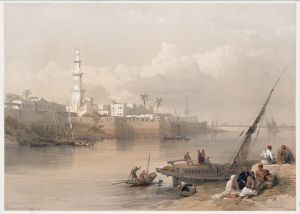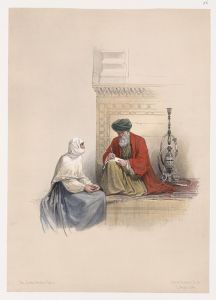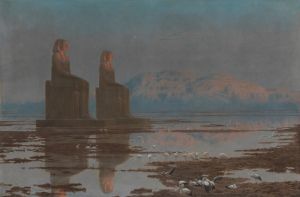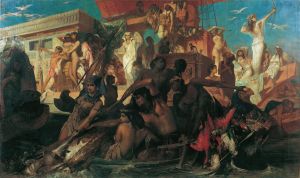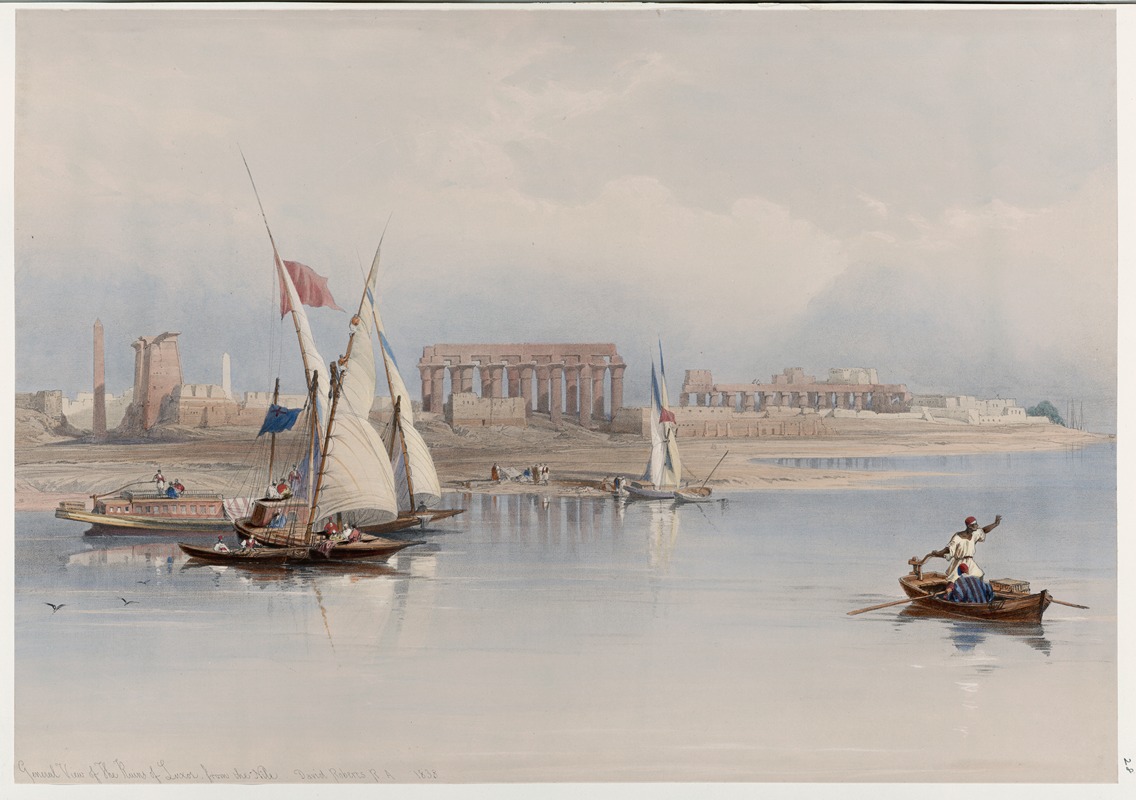
General view of the ruins of Luxor, from the Nile. 1838.
A hand-painted replica of David Roberts’s masterpiece General view of the ruins of Luxor, from the Nile. 1838., meticulously crafted by professional artists to capture the true essence of the original. Each piece is created with museum-quality canvas and rare mineral pigments, carefully painted by experienced artists with delicate brushstrokes and rich, layered colors to perfectly recreate the texture of the original artwork. Unlike machine-printed reproductions, this hand-painted version brings the painting to life, infused with the artist’s emotions and skill in every stroke. Whether for personal collection or home decoration, it instantly elevates the artistic atmosphere of any space.
"General View of the Ruins of Luxor, from the Nile" is a lithograph created in 1838 by the Scottish artist David Roberts. This artwork is part of Roberts' extensive series of illustrations depicting scenes from his travels in the Middle East and North Africa. The lithograph provides a detailed and evocative view of the ancient ruins of Luxor, as seen from the Nile River, capturing the grandeur and historical significance of the site.
David Roberts (1796–1864) was a renowned painter and lithographer, best known for his depictions of architectural and historical landmarks. In 1838, Roberts embarked on a journey to Egypt and the Near East, where he meticulously documented the region's ancient monuments, landscapes, and cultural heritage. His works were later published as hand-colored lithographs in the multi-volume series The Holy Land, Syria, Idumea, Arabia, Egypt, and Nubia (1842–1849), which gained widespread acclaim for their artistic and historical value.
The ruins of Luxor, located on the east bank of the Nile in southern Egypt, are part of the ancient city of Thebes, a UNESCO World Heritage Site. Luxor is home to the Luxor Temple, a significant religious complex dedicated to the Theban Triad of Amun, Mut, and Khonsu. The temple was constructed during the New Kingdom period, primarily under the reigns of Pharaohs Amenhotep III and Ramesses II. Roberts' lithograph captures the temple's monumental architecture, including its towering columns and statues, set against the backdrop of the Nile River.
Roberts' depiction of Luxor is notable for its attention to detail and accuracy, reflecting his commitment to documenting the historical and cultural essence of the sites he visited. The lithograph also conveys the interplay between the ancient ruins and the natural environment, emphasizing the Nile's role as a lifeline for the region's civilization.
The lithograph was produced with the assistance of Louis Haghe, a prominent Belgian lithographer who collaborated with Roberts to bring his sketches to life. Haghe's skillful use of shading and texture enhanced the depth and realism of Roberts' original drawings, making the final prints highly sought after by collectors and scholars.
Today, "General View of the Ruins of Luxor, from the Nile" is appreciated as both an artistic masterpiece and a valuable historical record. It offers insight into 19th-century perceptions of Egypt's ancient heritage and serves as a testament to Roberts' enduring legacy as a pioneer in documenting the world's architectural wonders.





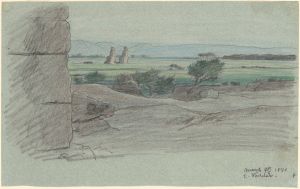
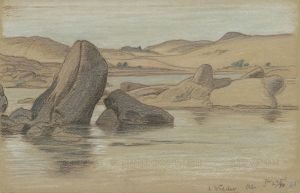
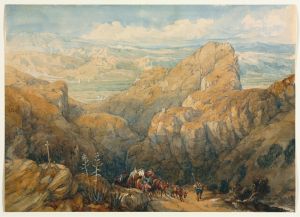
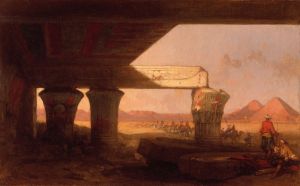
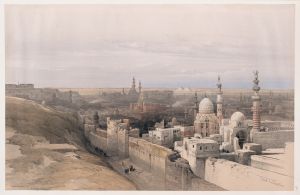
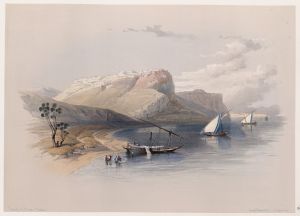
![Hager Selsilis [Gebel el-Silsila].](/imgs/217495/s/david-roberts-hager-selsilis-gebel-elsilsila-a0aad14c.jpg)
![Tombs of the Khalifs [Caliphs], Cairo.](/imgs/217567/s/david-roberts-tombs-of-the-khalifs-caliphs-cairo-375b2402.jpg)
![View on the Nile looking towards the pyramids of Dashour [Dahshûr]and Saccara [Saqqârah].](/imgs/217572/s/david-roberts-view-on-the-nile-looking-towards-the-pyramids-of-dashour-dahshurand-saccara-saqqarah-6cb692fe.jpg)
